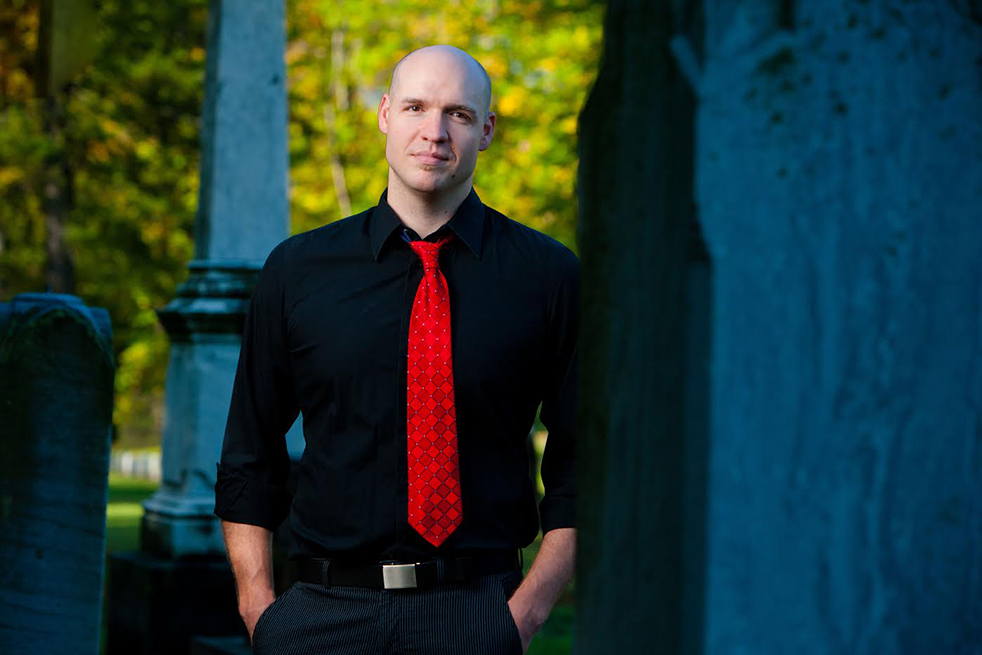Having an interest in vampires is not uncommon now-in-days. Teenage girls have screamed over these sometimes sparkly and usually pale creatures, while braver souls have time and time again lined up to see the new Dracula or Salem’s Lot.
But few people can claim they have met, or even come in contact with, actual self-identified vampires.
Professor John Edgar Browning, however, is that exception. Known as a vampire expert by many, Prof. Browning studied self-identified vampires in New Orleans as a PhD student at Louisiana State University.
What was supposed to be a class project turned into two years of extensive research. Browningmade special point to explain that real vampires don’t sparkle in the sun like Edward Cullen nor are they immortal as the media portrays them to be.
What is true is that vampires take either blood or energy from people.
Browning went on to justify, “They do so out of a need which they say is natural. And that if they don’t do that, their bodies don’t produce what they call basic subtle energies to keep themselves revitalized.”
Browning explained that there are different kinds of vampires. The first kind is Sanguian vampires who drink human or animal blood.
There are also psychic vampires that feed off of the energy or emotions of a person. A vampire could also be a hybrid of both.
However, these vampires do not just feed off of anybody.
Browning described the ethics behind the process: “They won’t do it unless they have the consent from the donor. With Sanguin vampires, when they take blood, it’s usually with a donor that they can trust. The blood is taken very safely, either through a sterile pack or a sterile knife. Very little blood is generally taken. It’s not as dangerous as you’d think.”
Browning followed this statement with his own encounter of being fed on. “One time to get my own research done, I realized it’d be easier if I would just sort of volunteer myself. So, I had one vampire feed on me from up here using a sterile scalpel he had just purchased,” Browning said as he pointed behind his neck.
Browning went on to explain, “Well, I was more afraid of the pricking part because I am very afraid of sharp objects. Needles are the worst. It was getting past the part where you had to prick me with a scalpel that was about to drive me up a wall, and once he did that, it was okay.”
After being fed on, Browning said that he and several members of the New Orleans Vampire Association went to go volunteer at a food bank where they gave food to the homeless, indicating that these people live otherwise normal lives.
“The unfortunate thing is while real vampires are peaceful and harmless they are not taken to kindly by the general public. In terms of treatment by the public, when they come up it’s usually in documentaries or some TV program or a news story and it’s generally not very good,” Browning said.
Browning also explained an idea that was important to him: Vampires do not go searching for the media, the media searches for them.
He likes observing how the portrayal of vampires has changed over the years. For instance, there was an increase in the number of horror films watched and produced after devastating events, such as the Great Depression.
There was once again piqued interest in general horror and mythical creatures after the 9/11 attacks; however, there was a slight difference this time. People did not want to see the monsters dead.
Browning believes that our society is moving in a new, different direction and proposed, “Maybe they’re not the bad guys after all, and maybe we’re reexamining and reinterpreting what it means to be evil.”
